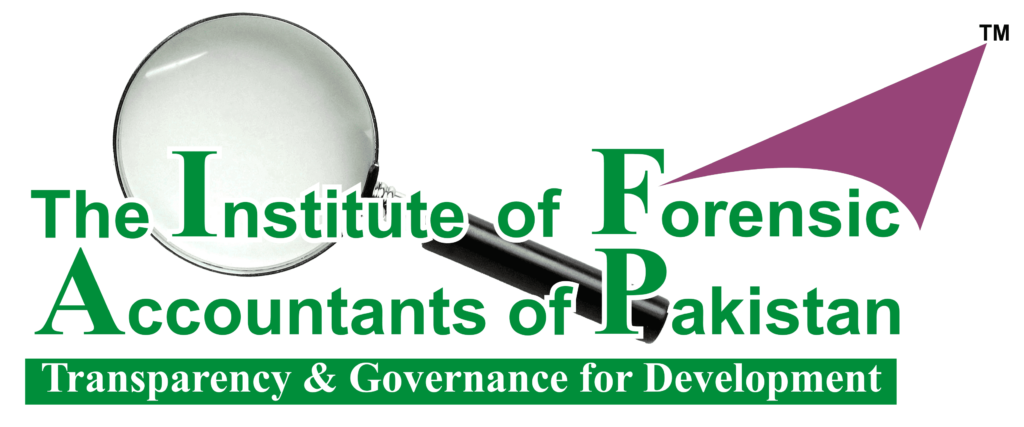Revenue Recognition, Asset & Liability Manipulation, and False Disclosures
Financial statement fraud remains a pervasive threat to the integrity of corporate financial reporting. The intentional misrepresentation of financial information can have severe consequences for investors, employees, and the broader economy. In this article, I'll look at three major types of financial statement fraud: revenue recognition manipulation, overstatement or understatement of assets and liabilities, and fraudulent disclosures.
Manipulation of Revenue Recognition
One of the most prevalent forms of financial statement fraud involves the manipulation of revenue recognition. Recognizing revenue prematurely or inflating it through deceptive practices can create a facade of financial health, enticing investors and stakeholders. Companies may employ various tactics such as channel stuffing, round-tripping, and side agreements to artificially boost reported revenues (Albrecht et al., 2018; Kranacher, 2023; Wells 2017).
Channel stuffing occurs when a company coerces its distributors or customers to purchase more products than needed. This results in a short-term surge in revenue, but the underlying demand may be weak. This tactic was notably employed by several technology companies during the dot-com bubble (Kranacher, 2023; Wells 2017).
Round-tripping involves engaging in reciprocal transactions with other companies to create the illusion of legitimate sales. While the revenue is recorded, the economic substance of the transaction is negligible. This was a significant factor in the Enron scandal, where the company engaged in complex transactions with Special Purpose Entities (SPEs) to inflate revenue and hide debt (Kranacher, 2023; Wells 2017).
Side agreements, although not inherently fraudulent, can be used improperly to manipulate revenue recognition. Companies may enter undisclosed agreements that offer customers guarantees, side letters, or buyback arrangements, enabling them to recognize revenue before the sale is genuinely complete (Wells 2017).
Overstating or Understating Assets and Liabilities
Manipulating the reported values of assets and liabilities is another tactic employed in financial statement fraud. Overstating assets can create a false sense of financial stability, while understating liabilities can mask the true extent of financial obligations (Wells 2017).
Asset overstatement often involves inflating the value of inventory, property, or intangible assets. This can be achieved through improper accounting practices, such as not recognizing impairment charges or using overly optimistic assumptions in the valuation process. The infamous case of WorldCom saw the company inflating its assets by capitalizing ordinary expenses, thereby presenting a healthier financial picture (Kranacher, 2023; Wells 2017).
Conversely, understating liabilities can involve hiding debt or downplaying contingent liabilities. Lehman Brothers, prior to its collapse in 2008, used accounting maneuvers like Repo 105 transactions to temporarily remove debt from its balance sheet, giving the illusion of a healthier financial position (Kranacher, 2023; Wells 2017)
False Disclosures
False disclosures are another facet of financial statement fraud, encompassing the intentional misrepresentation of information in financial statements, footnotes, or management discussions. Companies may use deceptive language or omit crucial details to mislead investors and other stakeholders (Albrecht et al., 2018).
One common form of false disclosure is the failure to disclose related-party transactions adequately. Enron, once again, serves as an example where the company engaged in undisclosed related-party transactions, creating a distorted view of its financial health (Albrecht et al., 2018).
Additionally, misleading statements about the company's future prospects or the success of specific projects can be used to artificially inflate stock prices. This was evident in the case of Theranos, a healthcare technology company, where false claims about its revolutionary blood-testing technology were made to attract investors (Albrecht et al., 2018).
In conclusion, financial statement fraud is a persistent threat to the integrity of financial markets and the trust of stakeholders. Recognizing the signs and understanding the common tactics employed, such as manipulation of revenue recognition, asset and liability misrepresentation, and false disclosures, is crucial for investors, regulators, and auditors alike. Vigilance, transparency, and effective regulatory oversight are essential components in mitigating the risk of financial statement fraud.
Reference:
Albrecht, W. S., Albrecht, C. O., Albrecht, C. C., & Zimbelman, M. F. (2018). Fraud Examination (6th ed.). Cengage Learning.
Kranacher, M.-J., & Riley, R. (2023). Forensic Accounting and Fraud Examination (3rd ed.). Wiley.
Wells, J. T. (2017, May 01). Corporate Fraud Handbook: Prevention and Detection (5th ed.). Wiley.

Author:
Muhammad Ali
FICFA, FIPA, FFA, CCFA, FFA, FCIAP, MBA

